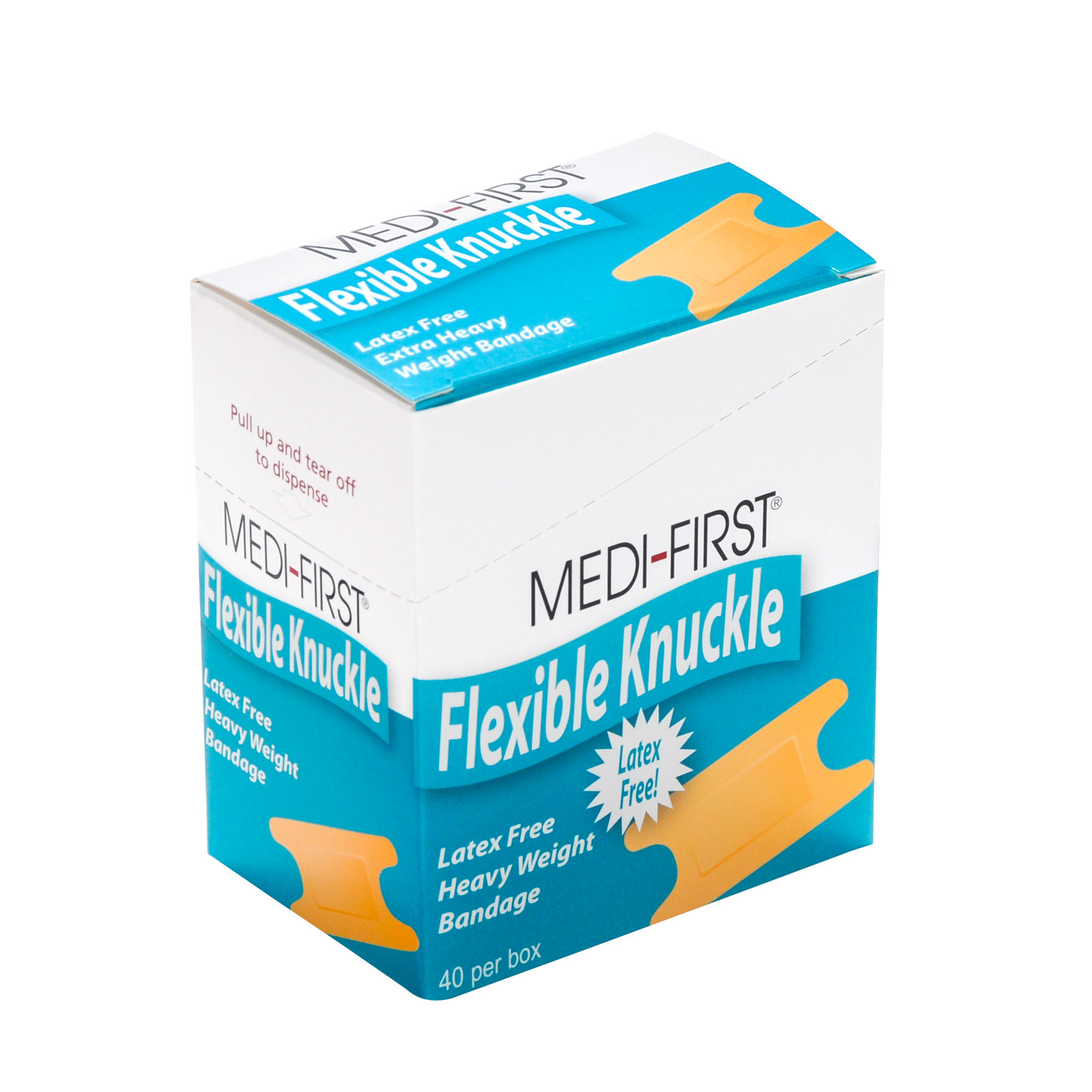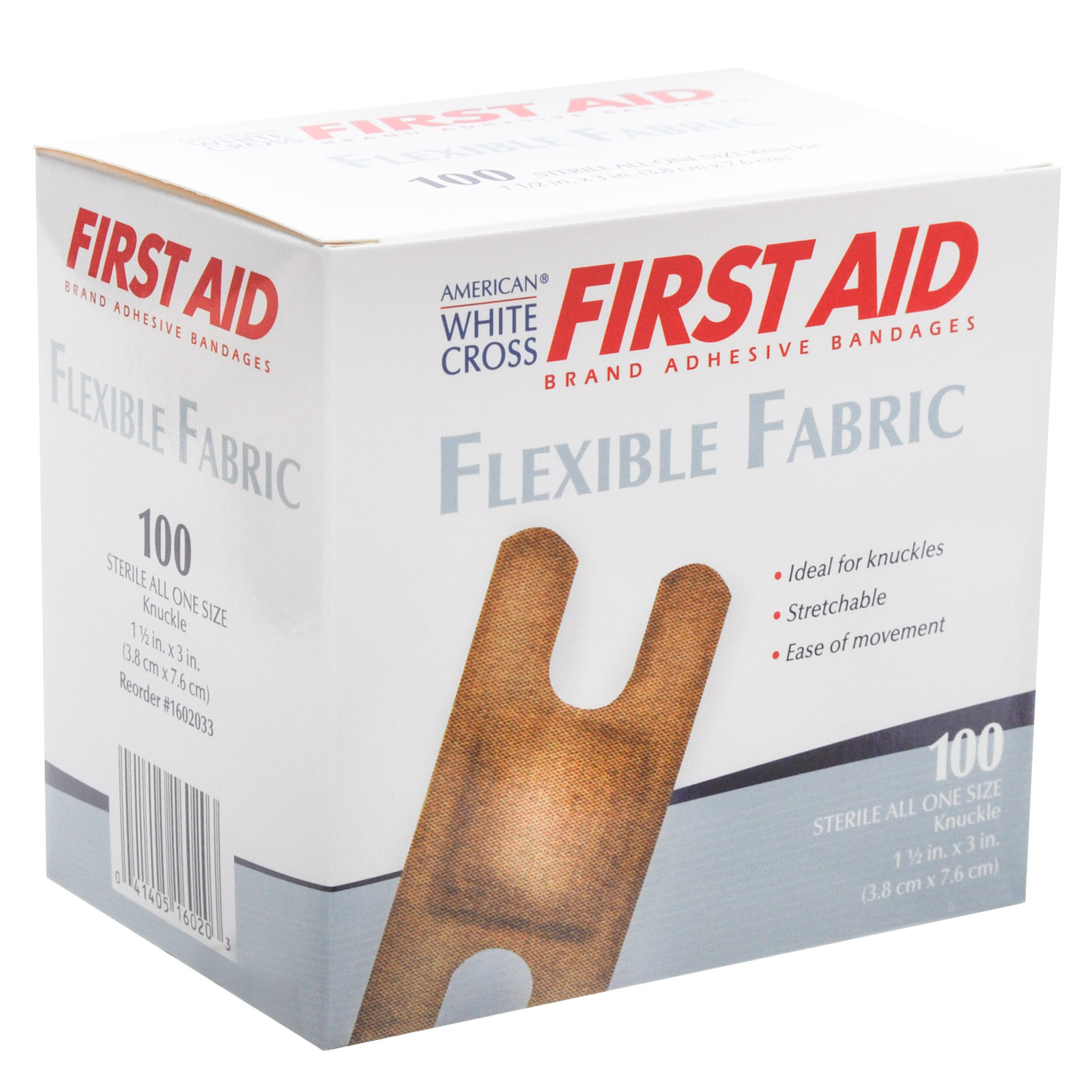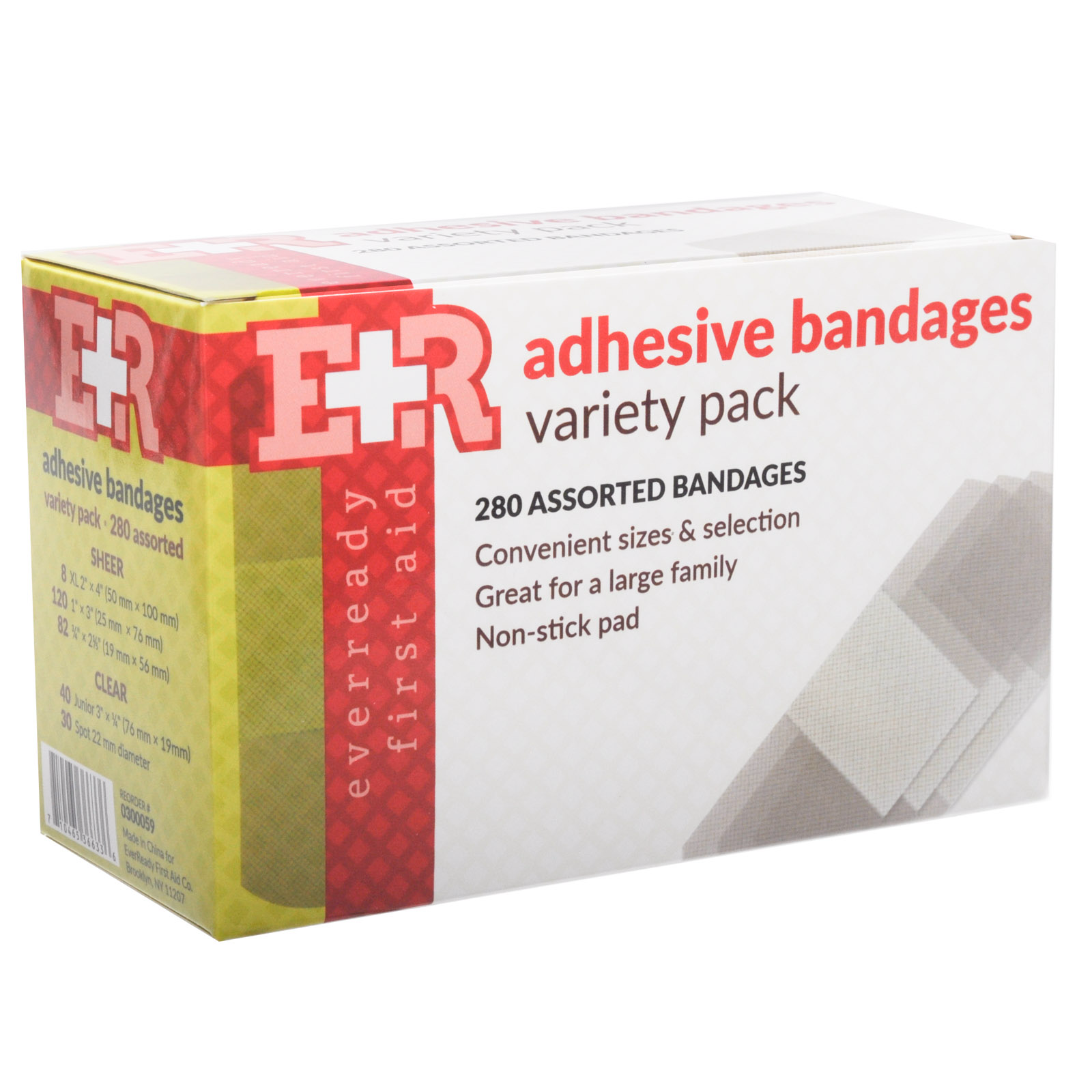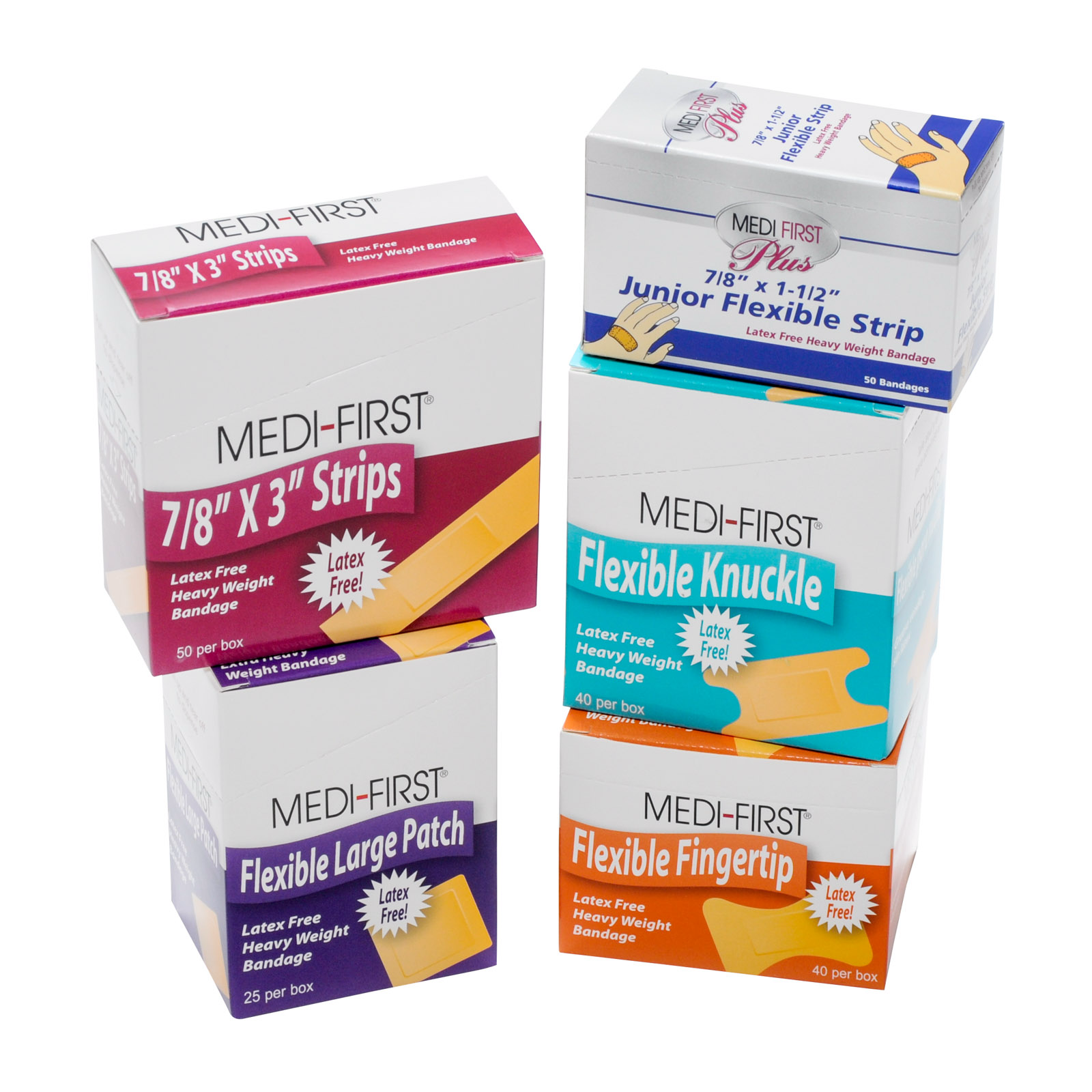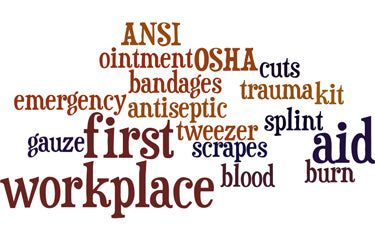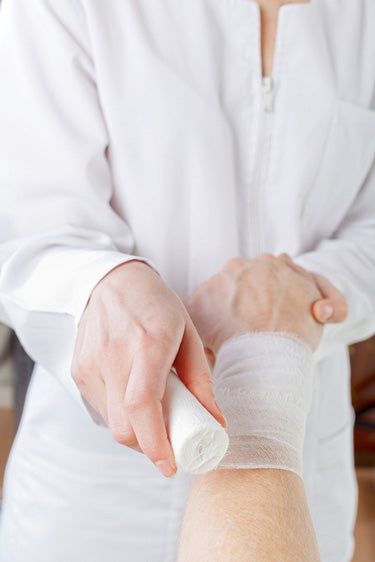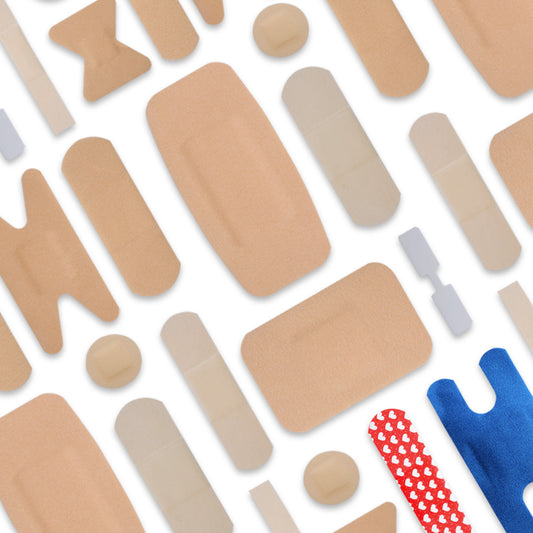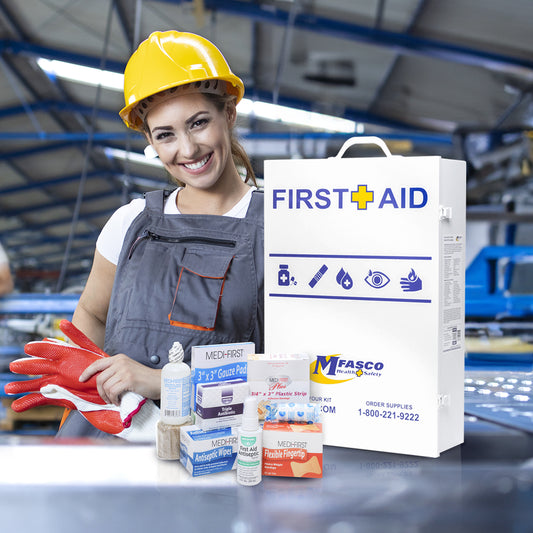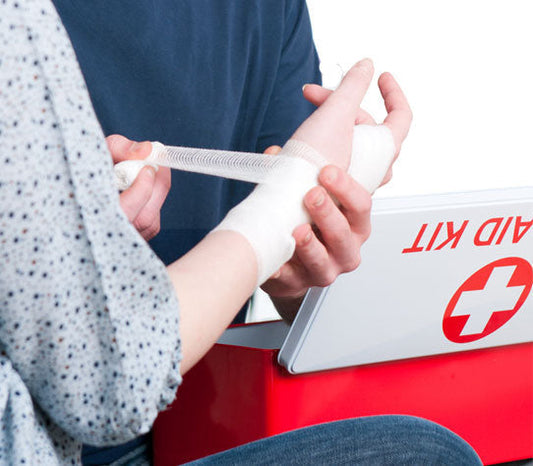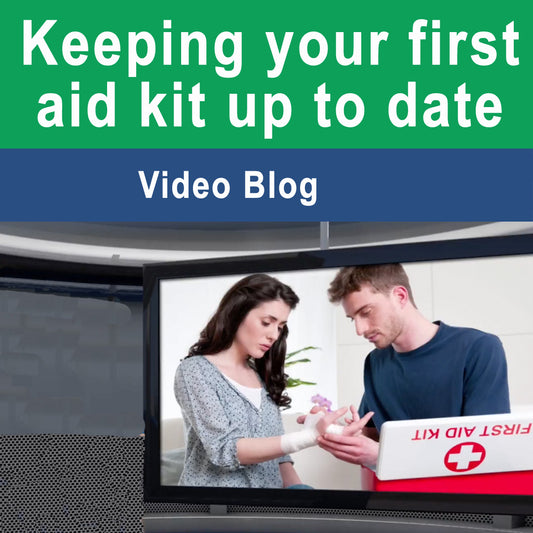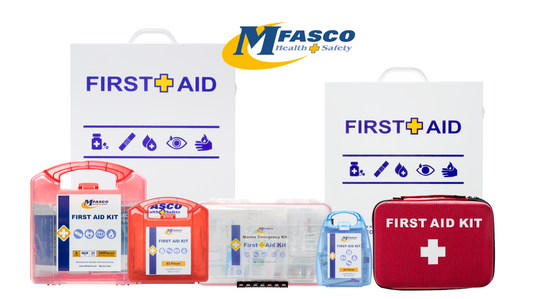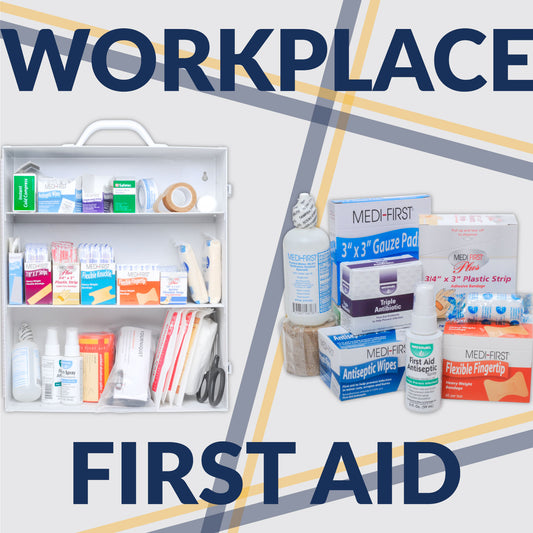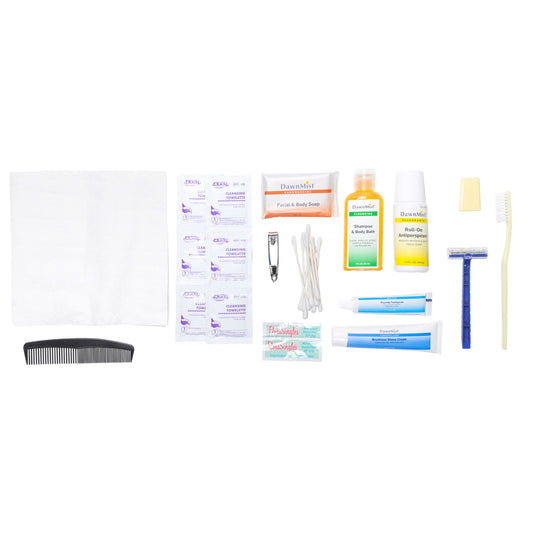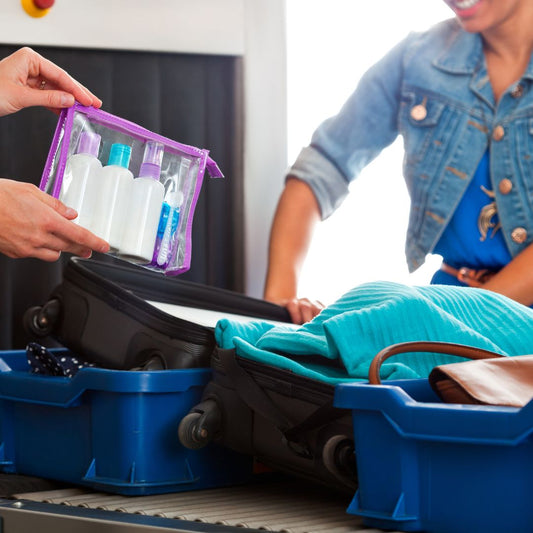How To Put on a Knuckle Bandage
Small cuts on your knuckles can be frustrating and disruptive, but cleaning the wound and applying a knuckle bandage effectively aids your recovery. Knuckle bandages, specifically designed for flexible areas like joints, help keep the wound clean, protected, and free from further irritation. Before applying the bandage, make sure to wash the affected area thoroughly and apply a layer of antibiotic ointment. This helps prevent infection and supports faster healing by keeping the wound moist and protected. Changing the bandage regularly is essential to maintaining cleanliness and giving your body the best conditions to heal.
Our instructional video demonstrates proper knuckle bandage application techniques for effectively covering cuts on knuckles and other joints.
Why Choose Flexible Knuckle Bandages?
Flexible fabric knuckle bandages provide a convenient and reliable way to cover cuts and scrapes on the knuckle area. Unlike standard adhesive bandages, flexible knuckle bandages adapt to the movement of your fingers and joints, making them ideal for areas that bend and flex throughout the day. MFASCO offers a range of knuckle bandages, including Coverlet hospital-grade bandages, White Cross bandages, Medi-First first aid kit bandages, and Johnson & Johnson Band-Aid brand options, each featuring an “H” shape that conforms to knuckles and other small joints. This unique shape ensures secure coverage that won’t peel away easily, keeping your wound clean and protected.
How to Apply a Knuckle Bandage in 6 Steps
Follow these step-by-step instructions for proper knuckle bandage application to ensure the wound stays clean, covered, and protected.
- Clean the Wound Site
- Start by washing the wound and surrounding skin with soap and water. Dry the area with a clean, sterile towel or gauze, then apply a small amount of antibiotic ointment to the cut. This step minimizes infection risk and provides a clean base for the bandage.
- Start by washing the wound and surrounding skin with soap and water. Dry the area with a clean, sterile towel or gauze, then apply a small amount of antibiotic ointment to the cut. This step minimizes infection risk and provides a clean base for the bandage.
- Open the Sterile Bandage Wrapper
- Carefully open the wrapper, ensuring you don’t touch the sterile gauze pad. Holding the bandage by its ends helps keep the gauze clean and ready for application.
- Carefully open the wrapper, ensuring you don’t touch the sterile gauze pad. Holding the bandage by its ends helps keep the gauze clean and ready for application.
- Remove One Side of the Protective Backing
- Peel back one side of the protective backing to expose the adhesive. This allows you to place the gauze pad over the wound while keeping the remaining adhesive covered until it’s ready to be applied.
- Peel back one side of the protective backing to expose the adhesive. This allows you to place the gauze pad over the wound while keeping the remaining adhesive covered until it’s ready to be applied.
- Position the Gauze Over the Wound
- Place the gauze portion directly on the cut, ensuring full coverage. Center the bandage so the gauze pad rests entirely over the wound, providing a clean, protective layer.
- Place the gauze portion directly on the cut, ensuring full coverage. Center the bandage so the gauze pad rests entirely over the wound, providing a clean, protective layer.
- Attach the First Side of the Adhesive to the Skin
- Press the exposed adhesive ends onto the underside of your knuckle, securing the bandage in place. Make sure the adhesive sticks firmly to the skin to prevent the bandage from shifting as you move.
- Press the exposed adhesive ends onto the underside of your knuckle, securing the bandage in place. Make sure the adhesive sticks firmly to the skin to prevent the bandage from shifting as you move.
- Remove the Remaining Protective Backing and Secure the Bandage
- Peel off the other side of the protective backing and press the adhesive ends onto the underside of your knuckle. Ensure all adhesive edges are firmly attached to the skin for complete coverage and protection.
Following these steps provides optimal coverage, keeping the wound clean and protected from further irritation.
Why Knuckle Bandages Are Ideal for Joint Protection
Knuckle bandages offer distinct advantages over regular bandages, particularly for areas that require flexibility. Standard bandages tend to peel away from joints due to constant movement, leaving cuts and scrapes vulnerable to contaminants. Knuckle bandages, with their flexible "H" shape, adapt to the joint's motion without compromising on coverage. This secure fit makes them an excellent choice for anyone dealing with cuts on hands or fingers, whether at work, during sports, or in everyday activities. For anyone needing reliable, flexible coverage, knuckle bandages provide an effective solution that promotes healing while allowing for natural movement.
Whether using them for small cuts on your hands or adding them to a first aid kit, knuckle bandages deliver superior protection and comfort for injuries on joints, helping you stay active and protected.
For more information about knuckle bandages or other first aid products, visit mfasco.com.
Contributing Expert

Mike Brinker
Mike Brinker has been working in the first aid industry for over 35 years. He has worked with thousands of businesses,groups, and organizations to provide a healthy and safe work environment. Mike helped create “Make-A-Kit”, the internet's only online first aid kit creation tool. He has also authored many helpful first-aid and safety-related resource articles found at the MFASCO Learning Center.


